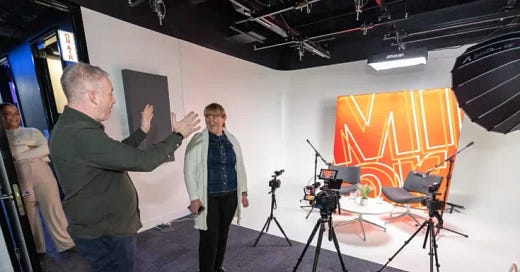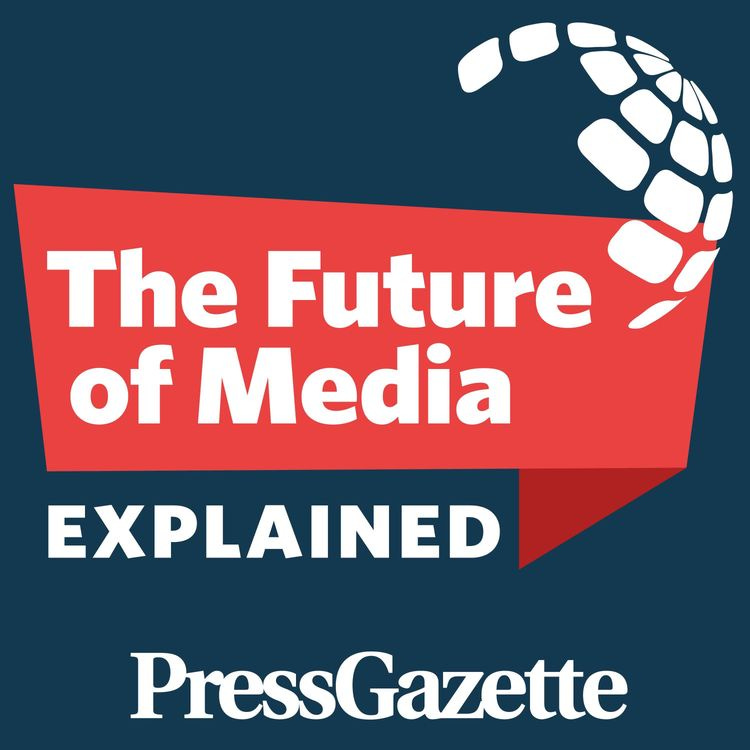Free newsletters = paid subs boost for Which? | Reach builds video studios
And John Ridding steps down after leading 19 years of blockbuster growth at the FT
Today we publish another love letter to the newsletter.
Free newsletters from Which? drove the acquisition of 46,000 new paying subscribers last year.
As the soaring success of Substack shows, email is a relatively old-school medium for journalism which is as strong as ever. In case you missed it, last month's interview with Sarah Ebner of the FT was a masterclass in newsletter strategy.
We also reveal how Reach, buoyed by growing profits, has made a major investment in studio space across the UK to improve its video and podcast output.
As with The Sun, video is a huge area of expansion for Reach. Advertising revenue share from Youtube and other platforms is a big part of the mix. But the bigger opportunity is probably in the additional visibility Reach can offer to advertisers with native (or branded) content.
Short-form video in particular, on platforms like Tiktok, has been one of the main media growth areas in recent years. And when publishers are paid directly by brands to create videos for them it does not matter if (as with Tiktok) they are not getting any money from the platform itself.
In the year he took over, the Financial Times Ltd (a company which encompasses most, but not all, of the FT business) made an operating loss of £9m on turnover of £224m and it employed 1,048 staff. In 2023 Financial Times Ltd made an operating profit of £9m on turnover of £444m and employed 1,586 staff.
The FT under Ridding’s tenure is a reminder that legacy media is not just a story of decline and that there is good money to be made from high-quality journalism in the digital age.
Next week Press Gazette will publish the results of a major investigation into the question of whether we should all be back at the office full time.
It looks like most employers and staff working in news and publishing favour a hybrid approach. But there are strongly held views on both sides of the debate.
Here's a flavour of the responses we have had so far.
In favour of remote working:
"Bosses have to understand that the world has changed since COVID. CEOs who earn millions - and don't have money or childcare issues - cannot dictate to a full-time working single mum how to balance her work-home life. The childcare system is broken as it is, let’s not break working parents further. By working at home, everyone benefits."
Backing a return to the office:
"Oh my god I hate hybrid working. I work in a national newsroom with a notional three-days-in-the-office policy, but many many colleagues find ways not to come in three times a week. The newsroom is half empty, we have painful hybrid meetings, and then staff wonder why there is no official social culture and why they feel so isolated. In my view we should get people back to work four or five days."
On Press Gazette
Why opening of video studios across UK is ‘really big moment’ for Reach
Publisher unveils studio spaces at its biggest newsrooms described as "game-changing" for audience and advertisers.
Newsletters switch at Which? created one million prospective new subscribers
Shift to free newsletters drives audience growth and thousands of new subscribers.”
Financial Times CEO John Ridding to step down after 19 years
Ridding says he is leaving the newspaper group in "strong shape".
Also this week on Press Gazette
50 biggest UK news websites Jan 2025: Express audience up by a third in past year
Cost cuts and growing digital revenue boost Reach profits for 2024
£13.6bn publisher adtech claim versus Google takes step forward
GB News losses since launch top £100m but 2024 revenue more than doubles
How German-language news publishers are growing online subs (promoted)
Latest Podcast: How to lose £100m with GB News | Print decline in the USA | Green shoots at Reach
Press Gazette's editorial team share their insights into big stories from the world of news. GB News has lost nearly £100m but is growing its non-TV advertising revenue and heading in the right direction. Charlotte Tobitt talks about this and the implications of its big legal victory over Ofcom.
Bron Maher shares some highlights from Press Gazette analysis for US newspaper and magazine print circulation figures. There are only a handful of newspapers selling more than 100,000 print copies in the USA (but they can console themselves with the fact they have strong digital subscriber bases).
And Press Gazette editor-in-chief Dominic Ponsford looks at the latest financial results from Reach which reveal growing page views and profits amid a backdrop of overall decline at the UK's biggest commercial news publisher.





